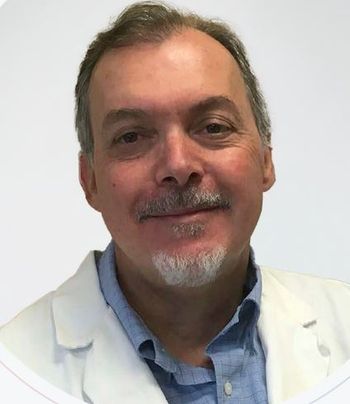
The Journal of Respiratory Diseases
- The Journal of Respiratory Diseases Vol 6 No 10
- Volume 6
- Issue 10
Clinical Citations: Recognizing pulmonary embolism in patients with COPD exacerbation
When a patient with chronic obstructive pulmonary disease (COPD) presents with what appears to be an acute exacerbation, you should consider the possibility of pulmonary embolism (PE). This is the message conveyed by a prospective cohort study in France.
When a patient with chronic obstructive pulmonary disease (COPD) presents with what appears to be an acute exacerbation, you should consider the possibility of pulmonary embolism (PE). This is the message conveyed by a prospective cohort study in France.
The study included 197 patients with COPD who were hospitalized for severe exacerbation of unknown origin. All were current or former smokers, and none required mechanical ventilation. The Geneva score was used to categorize the probability of PE as low, intermediate, or high. All patients underwent spiral CT angiography of the pulmonary circulation and ultrasonographic assessment of the legs.
Results indicated a 25% prevalence of PE. The clinical factors associated with increased risk of PE were previous thromboembolic disease (risk ratio [RR], 2.43), malignant disease (RR, 1.82), and a decrease in PaCO2 of at least 5 mm Hg (RR, 2.10).
The incidence of PE was 9.2% in patients identified as having a low probability of PE. However, the incidence fell to 3.2% when the Geneva score was modified to accommodate the high rate (29%) of malignant disease in the study population (the modification involved substituting "associated underlying malignant disease" for "surgery").
Articles in this issue
about 19 years ago
Case In Point: Unilateral agenesis of the diaphragmabout 19 years ago
An update on advances in interventional bronchoscopyabout 19 years ago
Clinical Consultation: Disinfectants and respiratory symptomsabout 19 years ago
Exploring the link between nasal allergy and sinus infectionNewsletter
Enhance your clinical practice with the Patient Care newsletter, offering the latest evidence-based guidelines, diagnostic insights, and treatment strategies for primary care physicians.































































































































































































































































































































